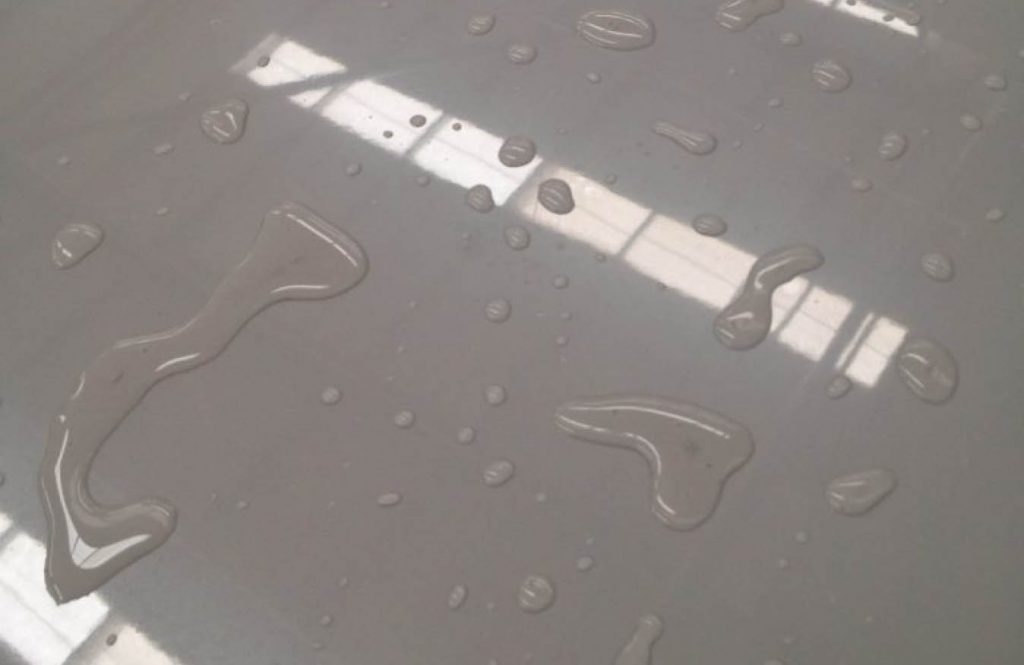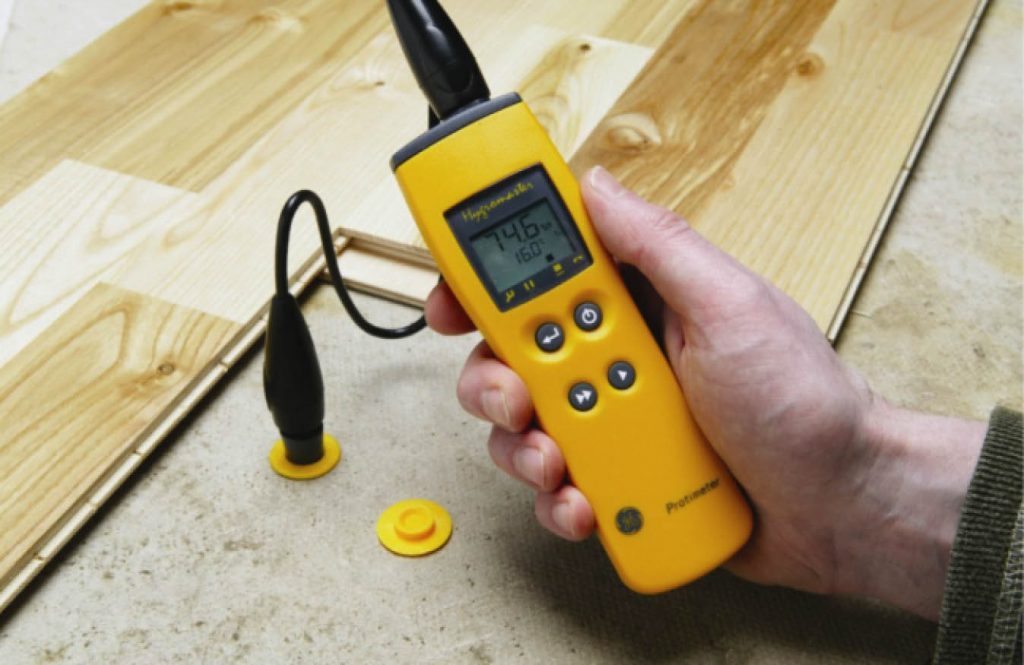While it may be the season for cold days and dark nights for some – Autumn brings seasonal deluge and natural disasters to others. Storms, floods and landslides are just a few of the destructive conditions that many face during these months as the monsoon season rolls in across Southeast Asia.
Every flood or natural disaster has the power to destroy homes, businesses and communities, who are inevitably left to pick up the pieces and repair what has been broken. Even areas that are well prepared for the worst can experience substantial amounts of destruction, leaving buildings, infrastructure and lives needing to be rebuilt.
With the flooring often bearing the brunt of damage, from floodwater to fallen debris, this is often the first area that requires refurbishment. However, there are measures that can be taken in areas prone to heavy rainfall, flooding or monsoons to help protect the floor area. Having a flood-ready floor is a great way to help facilities, businesses and services to get back on their feet as quickly as possible, as they don’t need to spend as much time and effort recovering from flood damage.
Preparation with Flooring Protection
Floodwater is likely to stagnate, corrode and potentially ruin the finish of lesser-prepared floors, even after only a very short period of exposure. Standing water is also likely to harbour germs, as well as dirt, silt and mud from landslides, which will cause sanitation issues once the water recedes.
In areas where flooding is expected, choosing flooring materials that are adept at withstanding exposure to water, impacts and chemicals could help to give your floor a fighting chance against the elements, and help to prevent long-term damage. Pay careful attention to large basement areas when looking at flood preparation work, as they likely to be the first affected by floodwater.
Seamless resin flooring solutions, such as polyurethane, MMA or epoxy systems, are a useful option in flood-prone facilities. When properly installed, these systems bond well to substrates, resulting in a non-porous, smooth and easily cleaned surface.
The non-porous finish means that these flooring systems will not absorb potentially germ-filled and dangerous water, and are also extremely easy to clean. The absence of joints means that any left over silt or dirt can be wiped cleanly from the floor’s surface, rather than being washed into hard-to-reach gaps where bacteria can multiply.

The impervious nature of resin floors is useful during floods, as it will protect the substrate and be easier to clean than soft floor coverings.
Although these types of floors may cost more initially, these are worthwhile investments to protect against any future costly damages after flooding occurs.
Repairing Flood-Damaged Flooring
Repair work on water-damaged flooring can only commence once the floor has been cleaned of all dirt and debris, and thoroughly disinfected. To ensure that the flooring is completely dry, de-humidifiers can be placed in the area to help to dry both the damaged coating and the substrate. This can often take up to 5 days, in which time a replacement flooring option could be considered.
If you decide to choose a resin system to replace your flood-damaged flooring, this can be installed once the substrate has been tested for moisture. There are several different types of resins, each with a different tolerance to moisture and so seeking the advice of flooring professionals when choosing your system is highly recommended.

If the substrate has been affected by a flood, make sure that its moisture level is tested prior to applying a new floor finish.
If you would like more information on any of the flood-proof flooring options mentioned in this article, please leave us a comment below and we will get back to you.
1 thought on “Preparing and Repairing Flood-Damaged Flooring”
Comments are closed.






Nice blog! As I was searching for the best repair services of flood-damage. After reading your blog I felt that you guys are worth to handle flood damage repair services. So immediately I’ve contacted you people and finally, you guys have done a great job. Thank you for your service.